Russia Masses Troops, Armor on Ukraine’s Borders; Fears Mount of Wider War

Soldiers from the elite Fourth Guards Kantemirovskaya Red Banner Order of Lenin Tank Division on Open Day in 2017. Photo by Vitaly V. Kuzmin via Wikimedia Commons.
KYIV, Ukraine — Russia has deployed troops and armor near Ukraine’s eastern border and in Crimea, sparking fears of a wider war after years of stalemated trench combat in Ukraine’s eastern Donbas region. Amid the mounting crisis, US President Joe Biden and Ukrainian President Volodymyr Zelenskiy shared their first phone call on Friday. The subject of the call, according to multiple news reports, focused mainly on the conflict with Russia.
A White House readout of the call said Biden “reaffirmed the United States’ unwavering support for Ukraine’s sovereignty and territorial integrity in the face of Russia’s ongoing aggression in the Donbas and Crimea.”
Ukrainian Chief of Staff Ruslan Komchak said on March 30 that Russia shifted an additional 25 battalion tactical groups toward Ukraine’s borders, on top of the 28 already deployed to those areas. Each Russian battalion tactical group typically includes one mechanized-infantry battalion, along with a tank company and additional rocket artillery.
“[The Battalion Tactical Group] has been around in various forms since Soviet times, and is employed by not only the Ground Forces, but also Airborne and Naval Infantry units,” Lester Grau and Charles Bartles write in the US Army’s seminal 2016 report, The Russian Way of War. “The BTG appears to be Russia’s instrument of choice in Eastern Ukraine.”
Russia’s latest military movements spurred the US military’s European Command, EUCOM, to raise its watch level from “possible crisis” to its highest level — “potential imminent crisis” — The New York Times reported Wednesday.
“We’re discussing our concerns about this increase in tensions and cease-fire violations and regional tensions with NATO allies,” Pentagon spokesman John Kirby told reporters Wednesday.
#CRIMEA: A citizen managed to film for a short moment, a train transporting what looks like 2S19 MSTA-S Self-Propelled Howitzers and a BMP in Kerch. Filmed on the 27th of march. #Russia pic.twitter.com/GqpesaBehG
— Mikhail D. (@Eire_QC) March 30, 2021
Spring Thaw
Russia’s military buildup caps a month of escalating violence along a roughly 250-mile-long, entrenched front line in Ukraine’s embattled Donbas region, where Ukrainian troops have been engaged in seven years of constant combat against a combined force of Russian regulars, pro-Russian separatists, and foreign mercenaries.
Combined Russian-separatist forces have escalated the pace of their attacks on Ukrainian positions throughout March. Ukraine’s Foreign Minister Dmytro Kuleba described a “systemic deterioration” of the security situation in eastern Ukraine and called Russia’s recent escalations the “largest in recent years.”
On March 26, four Ukrainian troops died during a battle near the village of Shumy in which the Russian side employed mortars, automatic grenade launchers, and heavy machine guns, Kyiv reported. “Russia’s actions have brought the situation to a dead end,” Kuleba said in a statement. “The only way out is diplomacy.”
The February 2015 cease-fire, known as Minsk II, still officially stands. But Moscow rejected a Ukrainian offer on Wednesday to issue a joint reaffirmation of the cease-fire’s terms. Negotiations between Kyiv and Moscow remain at an impasse over multiple issues, including Ukrainian water supplies for Crimea — a Ukrainian territory Russia invaded and seized in 2014 — as well as Moscow’s demand for recognition of its puppet separatist republics in the Donbas.
According to Ukrainian defense officials, Russia is reinforcing its forward-deployed units on Ukraine’s borders with reconnaissance and sniper teams. Moscow, for its part, says the deployments are part of a preplanned readiness check. Kremlin spokesman Dmitry Peskov said Russia would take “additional measures” if NATO sent troops to Ukraine.
Sword of Damocles
Europe’s two biggest standing land armies in terms of manpower are massing forces on each other’s frontiers — and trading indirect-fire potshots in the meantime. The situation, some say, remains ripe for an accident or miscalculation, which could spark an escalatory domino chain that neither side wants.
“There is a high potential for escalation, which I doubt would be a miscalculation on Russia’s part but a wrong assessment of the situation — the two terms are not the same,” said Stephen Blank, senior expert for Russia at the US Institute of Peace.
The more likely scenario, according to many experts, is that Russia may engineer a false flag operation that baits Ukraine into taking military action that creates the pretext for Russian forces to invade.
In recent years, Moscow has issued Russian passports to residents in the two breakaway separatist territories in the Donbas — the Luhansk People’s Republic, or LPR, and the Donetsk People’s Republic, or DPR. Thus, the Kremlin could conceivably justify an invasion of eastern Ukraine on the pretext of protecting Russian citizens.
“An attempt to advance the Russian occupation forces deep into the territory of Ukraine is not ruled out,” Ukraine’s military intelligence service, the GUR MOU, reported in an April 1 release.
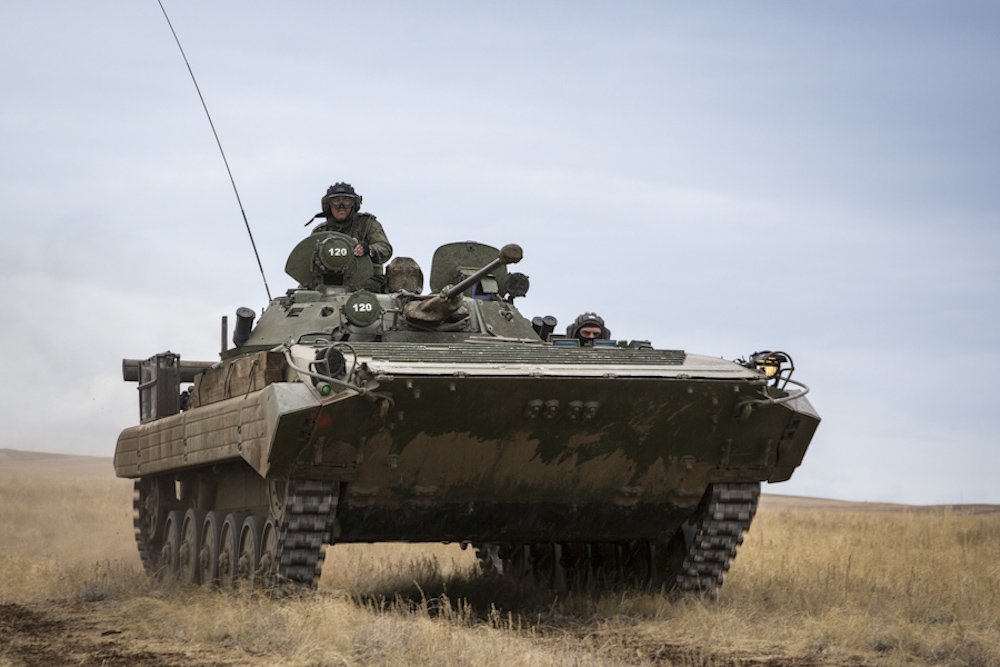
The GUR MOU warned of a Russian gambit in the Donbas meant to justify an escalation of the frozen conflict.
According to the military intelligence service: “The Russian Federation is completing preparations for a set of measures, aimed at pushing our country for a military response to the invaders’ hostile action on the contact line in eastern Ukraine, expanding Russia’s military presence on the territory of the so-called ‘DPR’ and ‘LPR’ by introducing regular units of the Russian armed forces, justifying the move by the need to protect Russian citizens in the self-proclaimed republics.”
Russia’s prospective false flag escalation is based on the narrative that Ukraine is plotting an offensive in the Donbas. In an April 1 interview with Russia’s Channel One, Russian Foreign Minister Sergei Lavrov warned Ukraine against such an action.
“Those who will try to start a new war in Donbas will destroy Ukraine,” Lavrov said.
Ukrainian military personnel say their front-line units are on guard against taking any actions that might be exploited by the Russian side as an excuse to escalate.
“I think the risk of miscalculation is on Ukraine’s side, but don’t see any evidence that they’re taking this bait,” said Michael Kofman, director of the CNA Corp.’s Russia Center and a fellow at the Woodrow Wilson Center’s Kennan Institute. “Russia still holds most of the cards.”
Mason Clark, lead Russia analyst at the Institute for the Study of War, said Moscow likely has strict control over its units, reducing the chances of an accidental escalation from the Russian side. However, Clark also warned about a potential Russian false flag operation.
“Russian deployments may be intended to provoke Ukrainian forces into an attack on Russian proxies in violation of cease-fire agreements or to set conditions in which a false-flag attack by proxies on themselves could be more readily blamed on Kyiv,” Clark told Coffee or Die Magazine, adding that since early March the Kremlin has waged a disinformation campaign claiming Ukraine will launch an offensive against Russia’s proxies in eastern Ukraine.
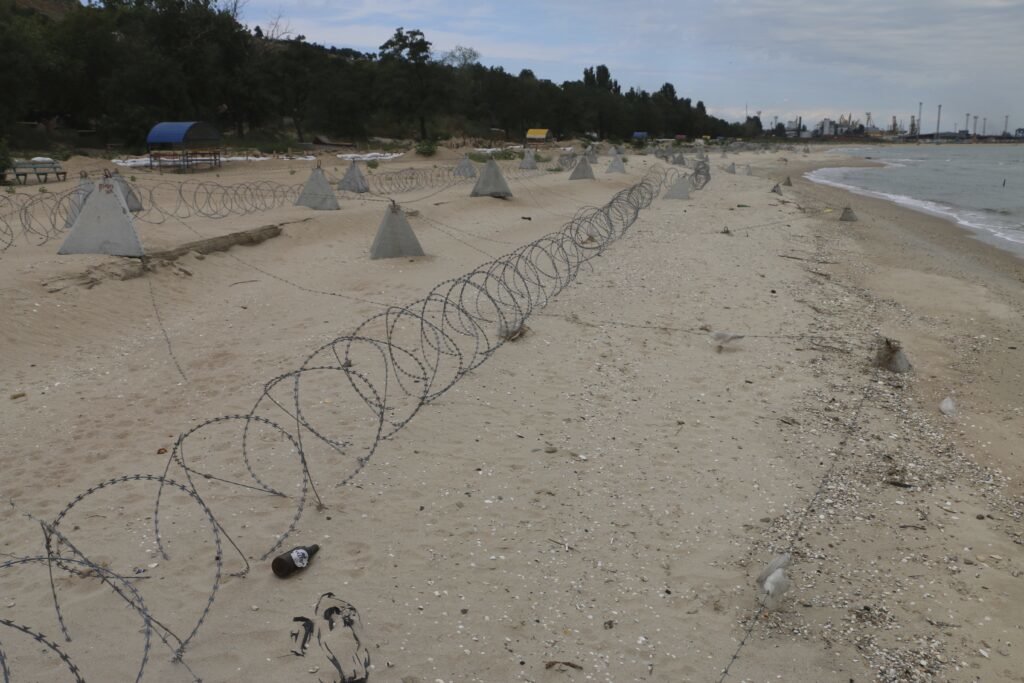
“There’s certainly an increased risk of an unplanned escalation, though I am more worried about the risk of a Russian-planned provocation leading to an escalation,” Clark said. “The Zelenskiy administration and Ukrainian military has repeatedly stated since early March they assess that the Kremlin is attempting to provoke them — I think correctly — and while Russian proxies could certainly conduct an unplanned escalation, the Russian military is likely exerting firm command and control during this period of heightened tensions.”
“Accidental war is a canard and common misinterpretation of history,” Kofman said. “Countries do not go to war because accidents happen, they use military incidents as a casus belli to engage in wars they want to fight.”
‘We are already at war’
After invading and seizing the Ukrainian territory of Crimea in early 2014, Russia staged an irregular warfare invasion of Ukraine’s eastern Donbas region. Following two failed cease-fires, the war has devolved into a static, trench war stalemate.
The war’s level of violence has waxed and waned over the intervening years. Moscow routinely dials up the intensity to extract diplomatic concessions from Kyiv. But fighting never ended. Today, the conflict is mostly fought at a distance along an entrenched, roughly 250-mile-long front line. At some places, no man’s land can be a few miles across. At others, the two sides are close enough to shout insults at each other. Europe’s only ongoing land war has killed some 14,000 people and displaced about 1.7 million Ukrainians from their homes.
While Russia’s recent troop movements have generated global attention, for Ukrainian troops hunkered down in front-line trenches, it’s mostly business as usual. “We are already at war,” Oleksiy Bobovnikov, an officer in the Ukrainian army, told Coffee or Die Magazine. “Some soldiers are even anxious for a full-scale war, they’re so tired of just sitting in the trenches.”
According to Bobovnikov, Ukraine’s armed forces have been reinforcing their positions near the border with Crimea since the winter — preceding the most recent Russian troop movements. Ukrainian forces based on the southern coastal regions consistently train to defend against amphibious and airborne invasions. On Thursday, Ukrainian forces deployed to the country’s southern Black Sea and Azov Sea coastlines performed such an exercise.
“After 2014, all our military forces are constantly on standby. And that part of the armed forces, which is in the trenches, is constantly at war with the Russian occupiers. Sometimes more intensely. Sometimes less. But they are always fighting,” said Andrey Kobzar, a Ukrainian army veteran of the war in the Donbas who fought in some of the war’s most intense battles in 2014 and 2015.
The war’s first cease-fire in September 2014 effectively froze the conflict along a relatively static front line. Over the intervening years, there have been multiple flare-ups and localized escalations. Yet, the geographical limits of the Donbas war zone have not significantly changed.
While the overall toll is far less than at the height of fighting in 2014 and 2015, the stalemated conflict has exacted a steady stream of casualties on Ukraine’s armed forces.
“Everyone is ready,” Kobzar said. “My comrades-in-arms have no illusions about peace. They have seen too much since 2014.”
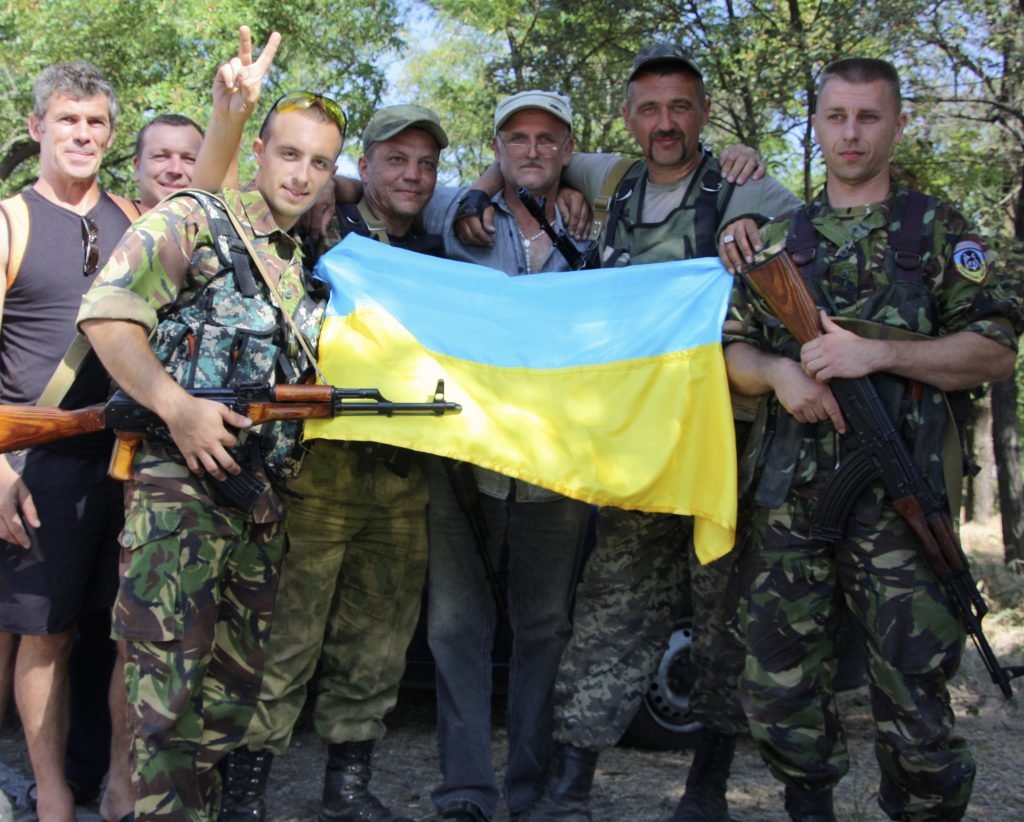
‘Coercive signaling’
Many experts say the recent Russian military movement does not comprise sufficient force for a conventional invasion of Ukraine. According to Clark, Russia’s Western Military District has not mobilized key regiments and divisions that would likely be necessary to support an offensive against Ukraine. Moreover, Russia has also not built up the necessary logistical depots — including fuel, ammunition, and medical supplies — for a major offensive.
“The Kremlin’s ongoing deployments are most likely intended to coerce Ukrainian President Zelenskiy to make concessions in the ongoing peace process,” Clark said. “The Kremlin likely seeks to intimidate Zelenskiy into unfavorable negotiations that exploit his stated desire to reach a settlement and extract concessions, such as direct recognition of Russian proxies or the resumption of water supplies to occupied Crimea.”
Moreover, the Russian move was done in the open, in clear view of NATO surveillance satellites and civilian social media posters, suggesting Moscow may intend to send a coercive message to Kyiv, rather than set the stage for a major land offensive.
“If [Russian President Vladimir Putin] intended to conduct a sudden operation — such as a surprise air assault to secure the Crimean canal, or a mechanized offensive using forces permanently stationed on the Ukrainian border — the Russian military would not have openly telegraphed ongoing deployments, so a more limited offensive is also unlikely,” Clark said, adding that “the Kremlin has not taken rhetorical steps to justify a major offensive.”
Kofman, from the Woodrow Wilson Center’s Kennan Institute, said a genuine prelude to a major Russian offensive would comprise additional firepower, and would be much more discreet.
“I would expect to see a larger force introduced into Crimea, activation of 144th and 3rd Division, and a snap readiness check called across Southern and Western Military Districts,” Kofman said. “Right now we are not seeing the 2014 type of exercise declaration intended to cover Russian ground force movements. Also, [Moscow is] making these deployments very visible and doing a ham-fisted job of covering for them with announcements, which suggests they’re not trying particularly hard to hide anything. That’s not the modus operandi of someone attempting to retain the element of surprise for an offensive operation.”
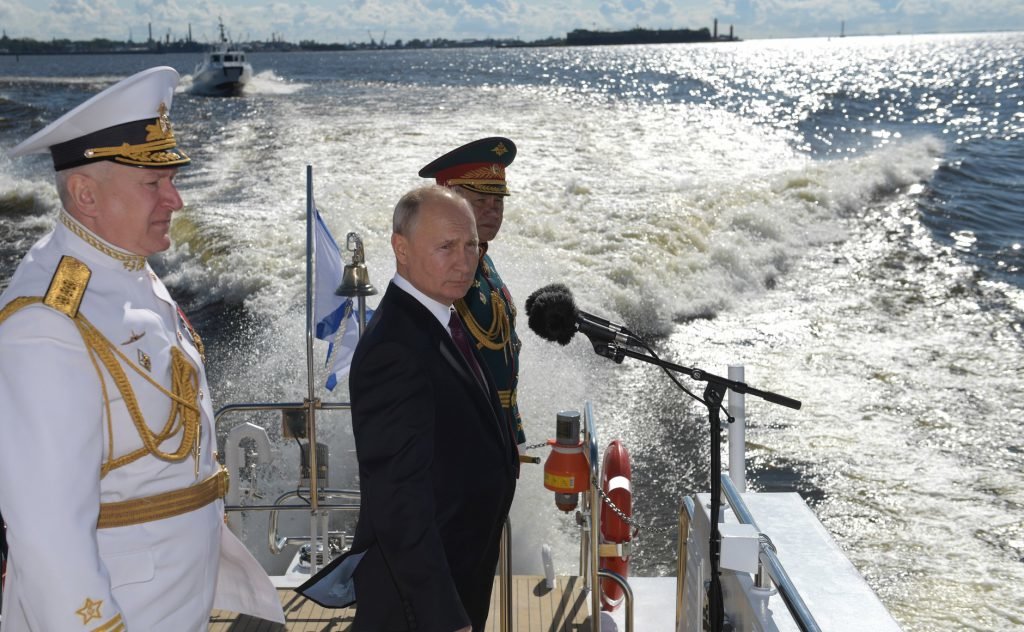
Escalation Dominance
The latest developments in Ukraine parallel an unusual uptick in Russian military air patrols near NATO’s frontiers, as well as increased naval activity in the Black Sea at the same time as a recent NATO military exercise.
NATO fighter jets scrambled 10 times on Monday to shadow Russian bombers and fighters during an unusual peak of flights over the North Atlantic, North Sea, Black Sea, and Baltic Sea. In all, NATO aircraft intercepted six different groups of Russian military aircraft in less than six hours, the Western alliance announced on its website.
Russia “aims at coercing” both NATO and Ukraine, said Blank, the senior expert for Russia at the US Institute of Peace.
“[Russia’s] message to NATO is that we can take Ukraine apart, and you cannot do anything about it. And if you try, we have nukes. So if you actually try something, we have escalation dominance,” Blank told Coffee or Die Magazine.
Nevertheless, US officials have made clear their support for Ukraine. Following Russia’s recent troop movements, US Secretary of State Antony Blinken called Ukrainian Foreign Minister Dmytro Kuleba on Wednesday to reaffirm US support for Ukraine’s sovereignty.
Chairman of the US Joint Chiefs of Staff Mark Milley also called his Ukrainian and Russian counterparts Wednesday to discuss the current situation. And US Defense Secretary Lloyd Austin called Ukrainian Defense Minister Andrii Taran on Thursday to pledge US support should Russia escalate the ongoing conflict.
According to a Pentagon readout describing the call, Austin “reaffirmed unwavering US support for Ukraine’s sovereignty, territorial integrity, and Euro-Atlantic aspirations,” and “condemned recent escalations of Russian aggressive and provocative actions in eastern Ukraine.”
Business as Usual
While Russia enjoys a decisive military advantage over Ukraine, the margin of that advantage has narrowed since 2014. Therefore, any major Russian offensive against Ukraine would be significantly more costly for Moscow in terms of blood and treasure than at the war’s outset. Thus, with Russia’s economy already under pressure from Western sanctions and the global pandemic, many experts contend that, as a practical matter, the Kremlin likely has little interest in escalating the war.
“I do not assess the Kremlin is preparing for a major offensive, which would be unlikely to advance Putin’s objectives in Ukraine at this time,” Clark told Coffee or Die. “The Kremlin continues to prioritize shaping peace talks with Zelenskiy to achieve a Kremlin-favorable outcome. Putin is highly unlikely to resort to major offensive operations — which would almost certainly result in further painful sanctions if not a US or NATO military response — unless he assesses direct conquest is the only way to regain dominance over Ukraine.”
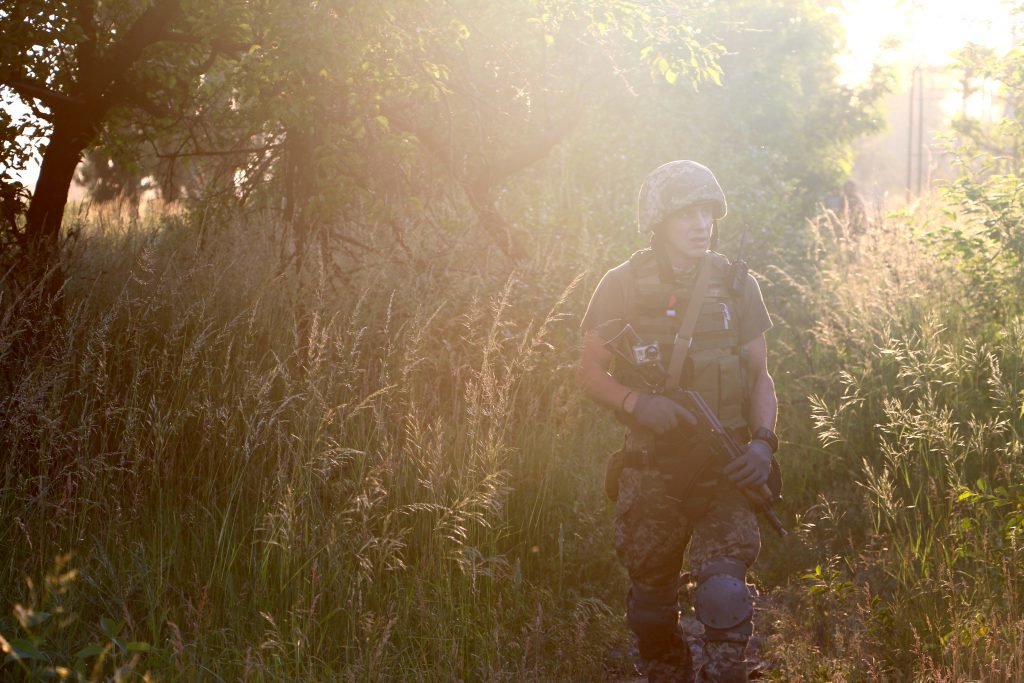
In the early months of the war, depleted by decades of corruption in the post-Soviet era, Ukraine’s military initially was able to field only about 6,000 combat-ready soldiers. By July 2014, just three months into the conflict, Ukraine’s armed forces regrouped and took back 23 out of the 36 districts previously under combined Russian-separatist control.
According to a 2017 article in Armor, the professional journal of the US Army’s Armor Branch: “[Russian Battalion Tactical Groups] were typically effective in combat operations in Ukraine from 2013-2015, but on several occasions, BTGs were tactically defeated by Ukrainian regular-army units despite Russian overmatch in firepower, electronic warfare (EW) and air-defense artillery (ADA).”
The ongoing war spurred Kyiv to embark on a crash-course military buildup. At the outset, Ukraine prioritized the reconstitution of its land army to deal with the immediate needs of the trench war in the Donbas. Yet, with the long-term Russian military threat in mind, Kyiv subsequently stepped up efforts to rebuild its air force and navy, too, as well as to adopt NATO interoperability standards.
Ukraine has since rebuilt its military into the second-largest standing land army in Europe in terms of manpower. Ukraine’s military now comprises about 255,000 active-duty troops — on the European continent, only Russia’s military is bigger.
And after seven years of war, Ukraine remains one of the world’s top weapons-exporting nations and is able to meet most of its own defense supply needs. Ukraine’s ongoing military transformation reflects the country’s long-term ambition to create a modern, high-tech military with one paramount objective in mind — to defend the country against a conventional Russian invasion.
“This is not 2014. Now we have experience,” said Kobzar, the Ukrainian army veteran. “The experience is expensive. We paid for it with sweat, blood, and tears. But we have been hardened by war. And most importantly, we now have what we lacked in 2014 — a reserve. A reserve of warriors who have gone through hell, and have a sense of unfinished business. It’s a terrible mix, honestly. And woe to the enemy who decides to test us again. We will win.”
Read Next:

BRCC and Bad Moon Print Press team up for an exclusive, limited-edition T-shirt design!
BRCC partners with Team Room Design for an exclusive T-shirt release!
Thirty Seconds Out has partnered with BRCC for an exclusive shirt design invoking the God of Winter.
Lucas O'Hara of Grizzly Forge has teamed up with BRCC for a badass, exclusive Shirt Club T-shirt design featuring his most popular knife and tiomahawk.
Coffee or Die sits down with one of the graphic designers behind Black Rifle Coffee's signature look and vibe.
Biden will award the Medal of Honor to a Vietnam War Army helicopter pilot who risked his life to save a reconnaissance team from almost certain death.
Ever wonder how much Jack Mandaville would f*ck sh*t up if he went back in time? The American Revolution didn't even see him coming.
A nearly 200-year-old West Point time capsule that at first appeared to yield little more than dust contains hidden treasure, the US Military Academy said.












